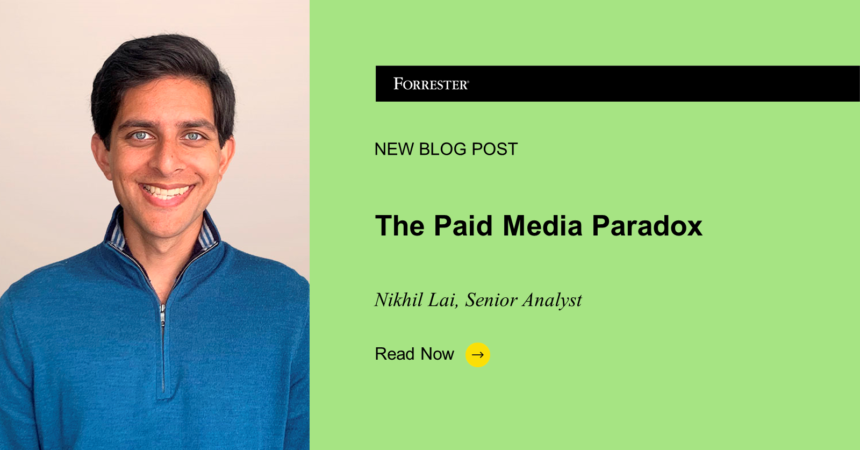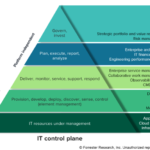I’ll never forget seeing Edward Hopper’s “Nighthawks,” which portrays the loneliness of crowded urban life, in 2005 at the Art Institute of Chicago. Like other powerful paradoxes, such as expending effort to appear effortless and fearing what you most must do, Hopper’s art highlights an ironic truth that would otherwise remain hidden.
I recently discovered another paradox when sifting through Forrester’s Marketing Survey, 2024, and Consumer Benchmark Survey, 2023: Consumers most avoid ads where marketers spend the most time and money. In fact, consumers avoid ads on websites, in mobile apps, before or during online videos, in search engine results, and on social media at significantly higher rates than ads on streaming TV, cable, radio, print, and in-store. Consumers also consider information from social media less reliable than information broadcast on TV. Marketers who over-index on digital media — particularly social media — risk eroding consumers’ trust and under-leveraging attention paid offline.
Digital Marketers Like Digital Marketing Much More Than Consumers Do
According to Forrester’s 2024 Advertising Forecast, US, digital media’s share of US ad spend will grow to 76% by 2028, at the expense of offline media such as linear TV, out-of-home, print, and radio. Paid social will grow particularly rapidly, despite consumers’ perceptions of its unreliability. Creators’ virality and generative AI’s various applications to social media make paid social a conduit of compelling creative and an effective way to heighten brands’ cultural energy and resonance.
Digital media is sustained by its seeming measurability and efficacy, which briefly relieves CMOs’ pressure to prove advertising’s yield and revenue impact. Predictive AI further accelerates digital media’s growth by continuously improving the likelihood of outperformance, while generative AI accelerates intelligent creativity and misinformation, amplifying advertising’s risks and rewards.
Our New Research Highlights A Paradox And Leads To A Case Study
Our data overview report on Digital Media’s Performance Paradox explains how consumers’ behaviors contradict marketers’ investments. The report features data about advertisers’ planned investments, measurement challenges, and consumers’ preferences. Stay tuned for a case study about how brands can strike an effective balance between digital and offline media to more effectively address consumers.
As always, feel free to schedule time to dive deeper.








